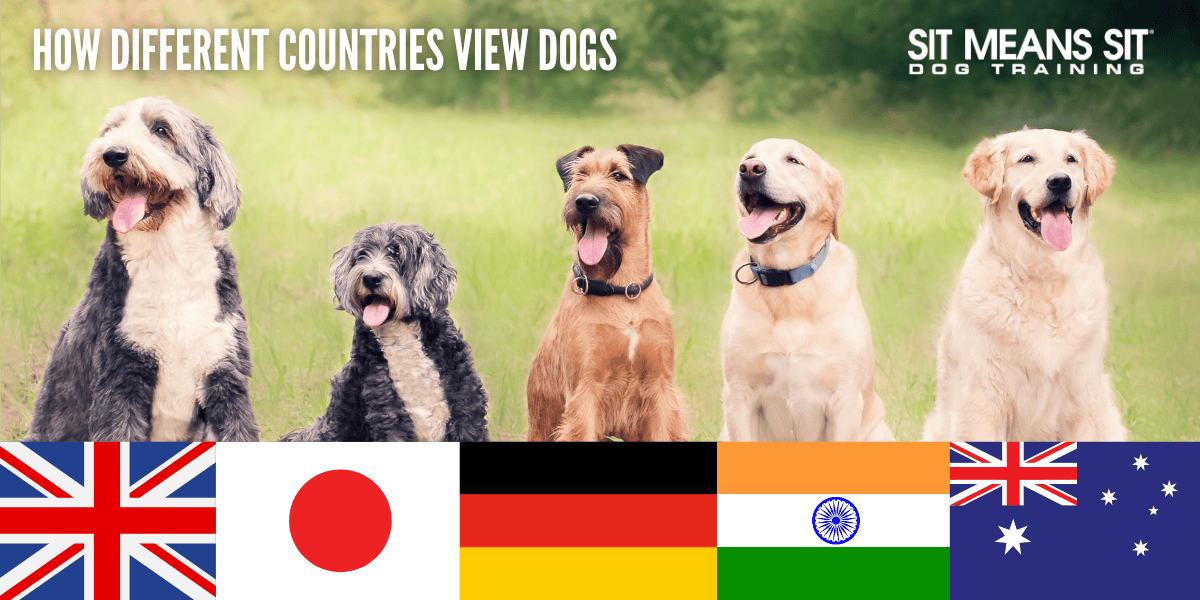In America, dogs are more than just our pets; they’re family! We dress them in sweaters, throw them birthday parties, and proudly call them our best friends. But what about the rest of the world? Do all cultures see dogs the same way we do, or do their roles and treatment vary across borders? Let’s take a trip around the globe to see how canines are viewed in different countries.
England’s View on Canine Companions
Starting with our distant cousins, the British, who are famously devoted to their dogs. From hardworking farm dogs in the countryside to the Queen’s royal corgis, canines have long held a special place in British culture. Nearly a third of UK households own a dog, and animal welfare is taken seriously. Organizations like the RSPCA (Royal Society for the Prevention of Cruelty to Animals) lead nationwide efforts to encourage rescue and adoption.
It’s also common to see dogs lounging in pubs, playing in parks, or browsing alongside their owners in boutique pet shops. Much like in the U.S., many British pet parents spoil their pups with gourmet food, cozy custom beds, and all the affection in the world, but rest assured, good training and manners are still part of the package.
Japan’s Perspective on Pups
Japanese dog lovers adore their pets to the point of celebrity status, especially when it comes to small breeds. In crowded cities, people find smaller dogs more practical, often pushing them in strollers, carrying them in handbags, or dressing them in stylish outfits to match their own. Pet ownership has become a full-blown lifestyle, with dog cafés, spas, and even yoga classes catering to doting owners.
As Japan’s population ages and birth rates decline, many people treat their pets as child substitutes, giving them a central role in the household. Despite all this affection, the country still faces challenges with overbreeding and pet abandonment. While animal welfare awareness is growing, especially among younger generations, adoption rates remain low compared to Western countries.
Germany’s Respect for Dogs
Germans take dog ownership so seriously that some states require first-time dog owners to pass a “Hundeführerschein,” which is a dog handler license that includes both written and practical exams. There’s also a dog tax in place, partially to encourage citizens to think carefully before adopting a pet.
German authorities tightly regulate breeds deemed dangerous, and animal shelters operate under strict no-kill policies. People in Germany show deep mutual respect for their dogs, expecting them to be well-mannered and, in return, treating them with dignity, love, and strong legal protection.
India’s Relationship with Canines
India presents one of the most complex relationships with dogs. On one hand, urban middle- and upper-class families dote on their pets, often treating them as beloved members of the family. On the other hand, India has over 60 million stray dogs, many of whom roam the streets of both rural and urban areas. These dogs survive on leftovers and human kindness, but they also face violence, disease, and traffic accidents.
In Hinduism, dogs are associated with Bhairava, a fierce form of Shiva, and are sometimes fed during religious festivals. But in daily life, they may be seen as either sacred, a nuisance, or something in between. Animal welfare groups like Blue Cross and PFA (People for Animals) are working to bridge the gap between compassion and care, primarily through adoption campaigns for Indian street dogs.
Australia’s Relationship with Fido
While attitudes toward dogs vary from country to country, the human-dog bond is universal. Across cultures, dogs continue to inspire loyalty, love, and the desire to care for something beyond ourselves.

